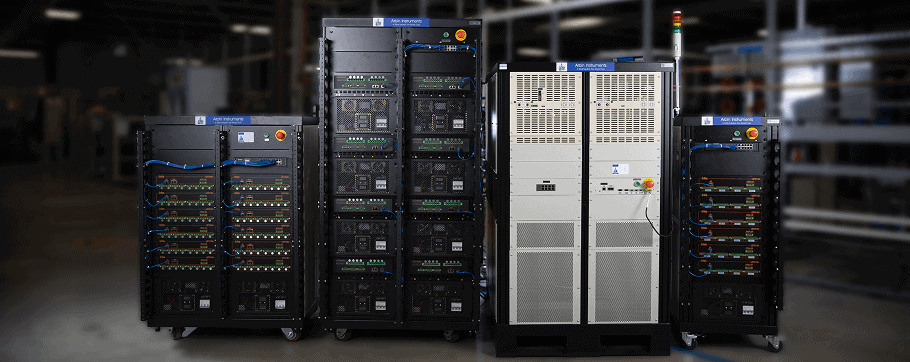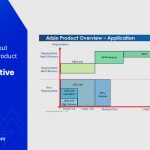Arbin Introduction to
SQL Databases

Arbin Datastore Overview
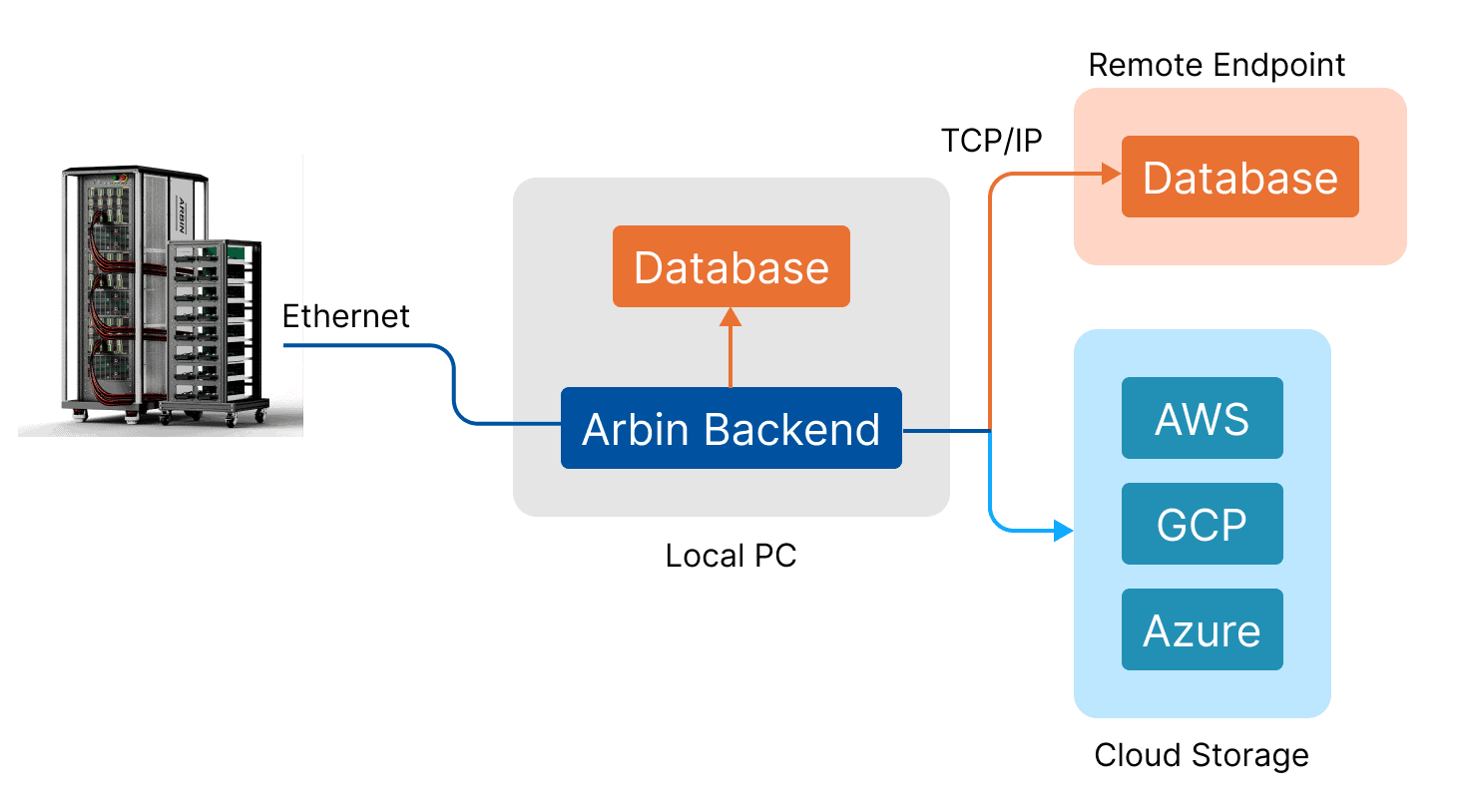
In the local database, we support the coexistence and backup of multiple databases, including MSSQL, PostgreSQL, and MS-ACCESS. Data is backed up using the Master-Slave method. Additionally, we employ local caching technology to prevent data loss caused by failures to store data points in the database.
For remote databases, we support MSSQL and PostgreSQL. Similarly, we use the Master-Slave method to achieve data backup. Additionally, we have a dedicated local cache for remote databases to buffer data that fails to be stored due to network latency or the unavailability of the remote database.
In the local database, we support the coexistence and backup of multiple databases, including MSSQL, PostgreSQL, and MS-ACCESS. Data is backed up using the Master-Slave method. Additionally, we employ local caching technology to prevent data loss caused by failures to store data points in the database.
Advantages
Structured Data Storage
Data is stored in a structured format using tables, which makes it easy to organize, manage, and query.
Data Integrity and Accuracy
SQL databases support ACID (Atomicity, Consistency, Isolation, Durability) properties, ensuring reliable transactions and maintaining data accuracy even in the case of system failures or crashes.
Powerful Query Language
The use of SQL allows for complex queries to retrieve, update, and manipulate data efficiently. SQL is a standardized language, making it easier to transfer skills between different SQL database systems.
Data Relationships
SQL databases use foreign keys to establish relationships between tables, enabling complex data models and ensuring data consistency across related tables.
Data Security
SQL databases offer robust security features, including user authentication and authorization, to control access to sensitive data.
Scalability
SQL databases can handle large volumes of data and complex queries, and many systems offer horizontal and vertical scaling options to manage increased load.
Transaction Management
SQL databases handle multiple operations as a single transaction, allowing for operations to be completed in a consistent manner or rolled back if an error occurs.
Data Integrity Constraints
SQL databases allow the definition of constraints such as primary keys, foreign keys, and unique constraints to enforce rules at the data level and maintain data quality.
Backup and Recovery
Most SQL databases offer built-in backup and recovery solutions, helping to protect data against loss and corruption.
Mature Ecosystem
SQL databases benefit from a mature ecosystem with numerous tools for development, management, and optimization, as well as strong community and vendor support.
Standardization
SQL is a standardized language, which means that skills and queries are generally transferable between different SQL database systems, such as MySQL, PostgreSQL, and SQL Server.
Centralized Datastore System (CDS)
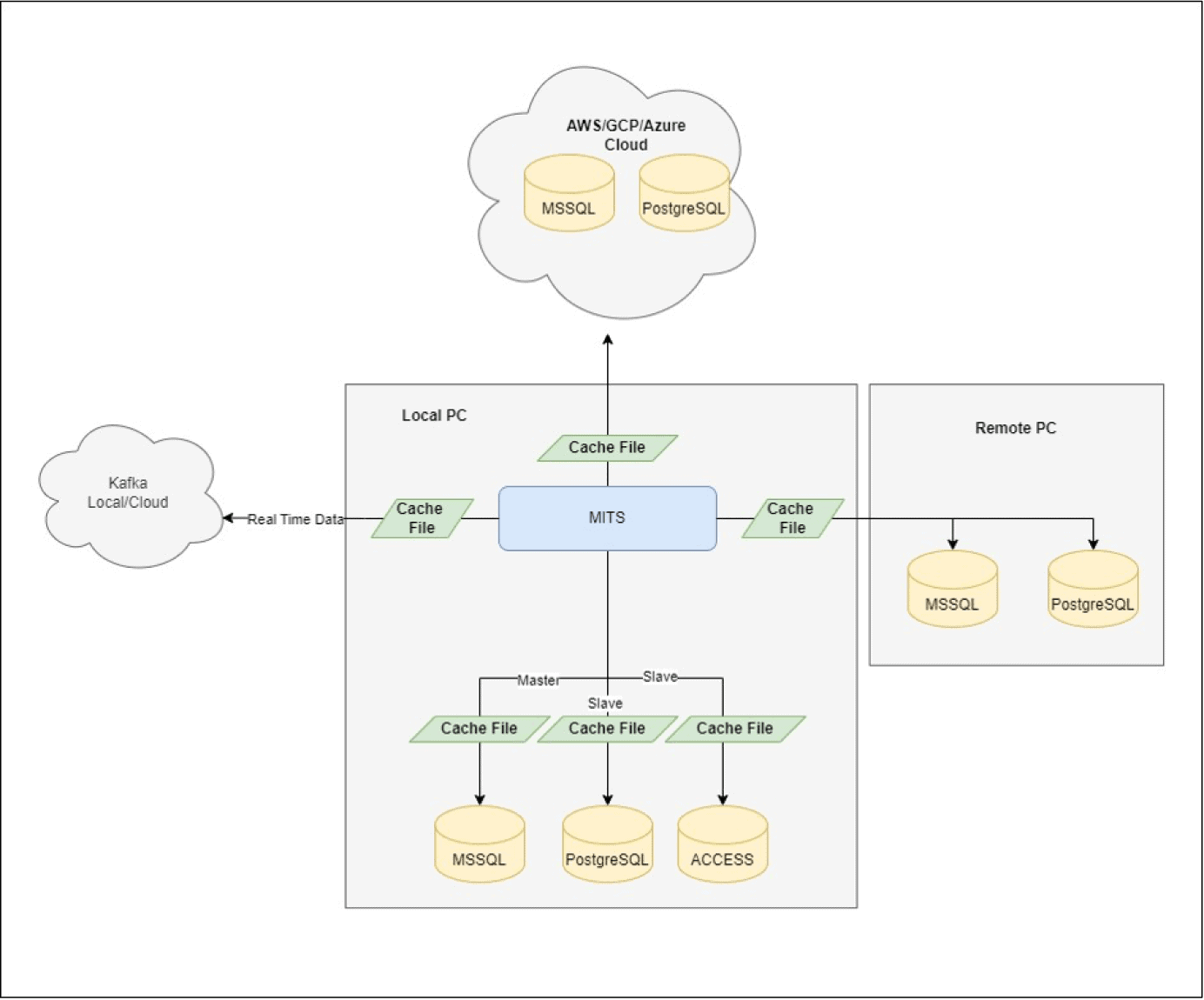
On-Premise database server setup
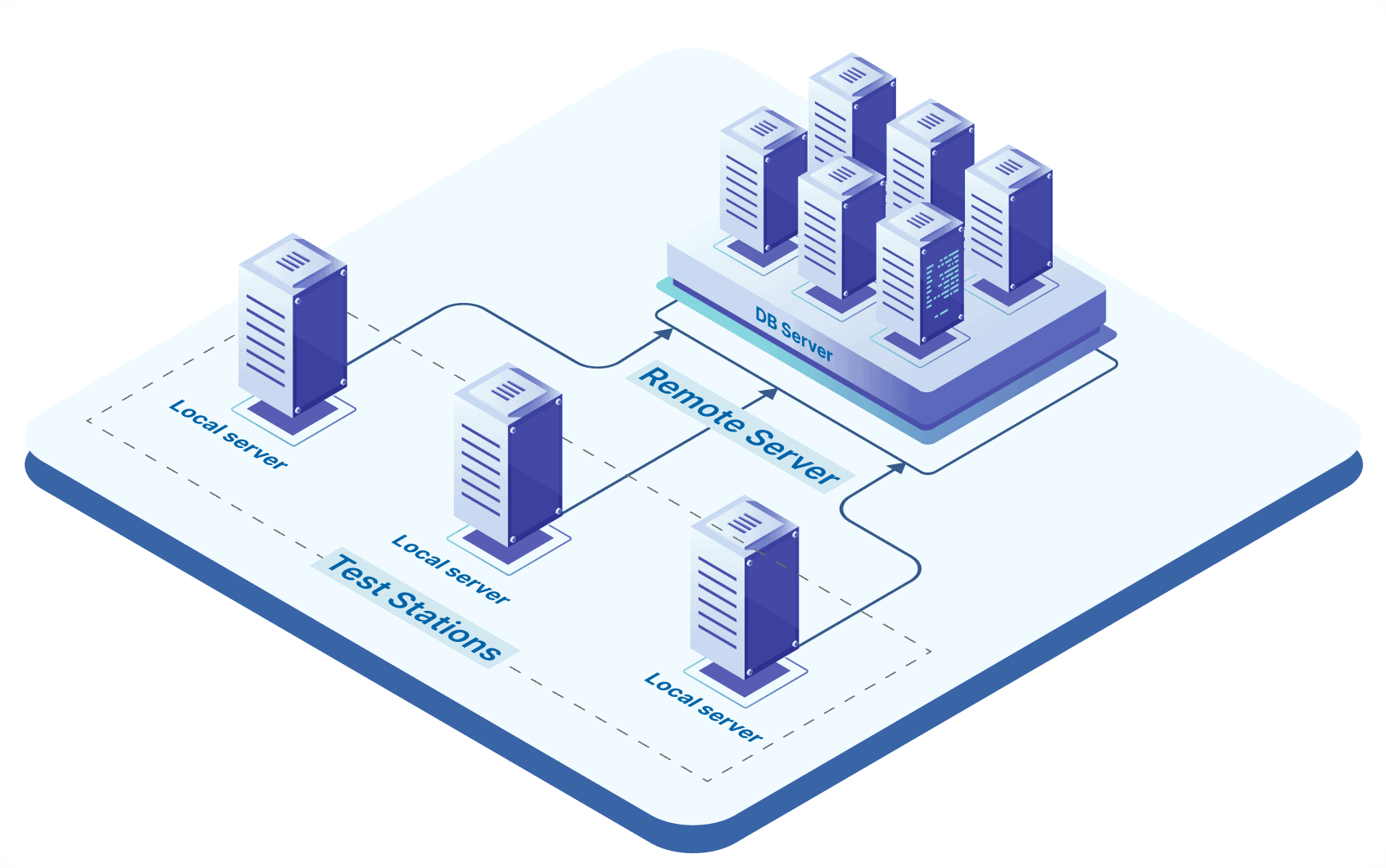
Advantages
- 1 Write/Read (Master Database Server is higher data persistency.
- Higher performance and synchronization between Master and Replicate Servers
- High Speed data analysis, query, and export from replicate Server without impact on current Master Database Performance.
- Easily manage Backup and restore databases.
Disadvantage
- Cannot centralized Local Servers to one single-large database server.
- Requiring high speed network to ensure synchronization bandwidth between Master and Replicate Server.
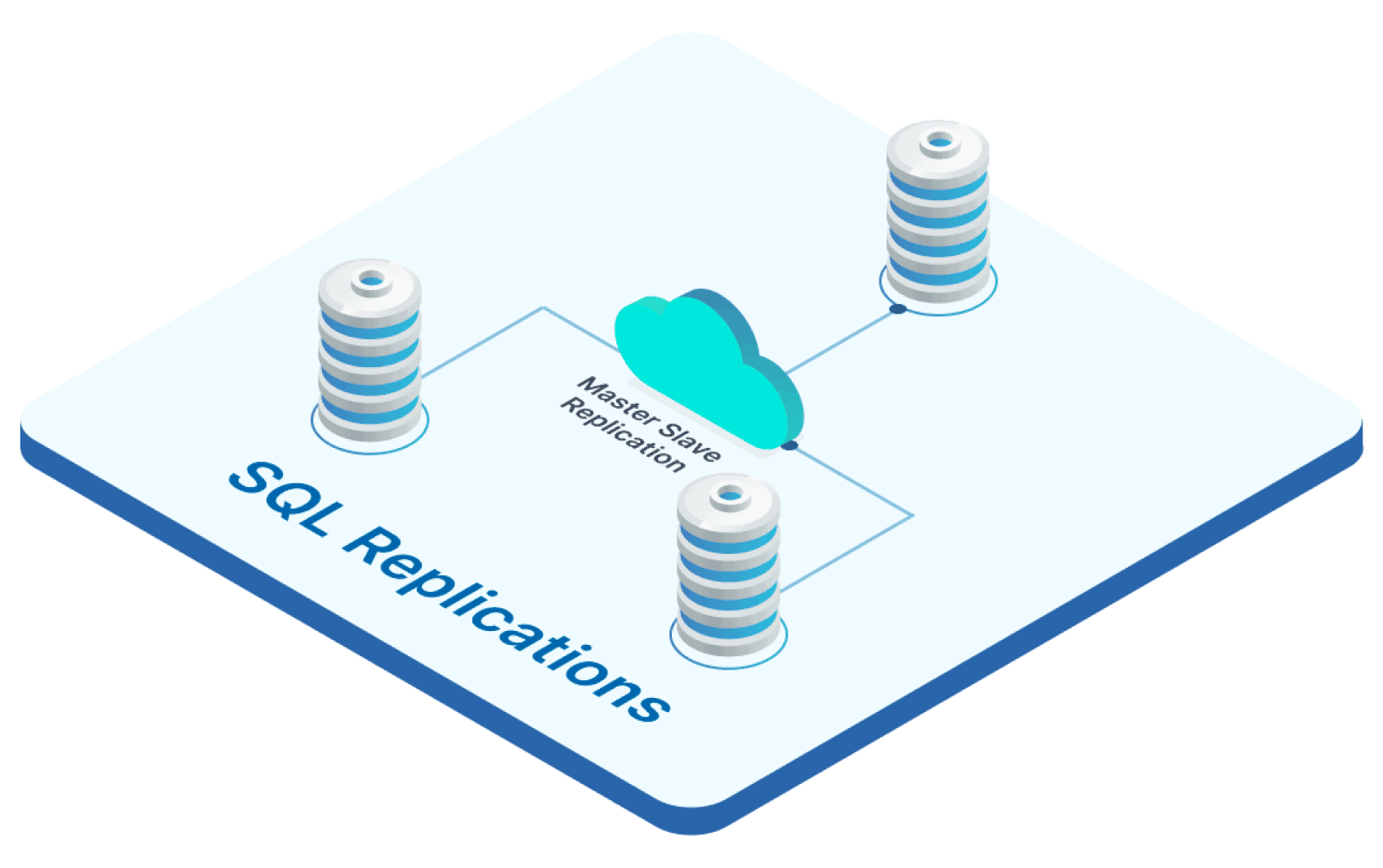
Advantages
- 2-Write/Read (Local and Remote) are independent from each other's.
- Forming a global database server for all test databases.
- Greater data persistence in Local Database without disruption.
- High performance in data analysis in Remote Database Server.
Disadvantage
- Difficult to maintenance data synchronization between Local and Remote Database.
- Lower performance if checking data consistency between Local and Remote Server.
Hybrid-Cloud database server setup
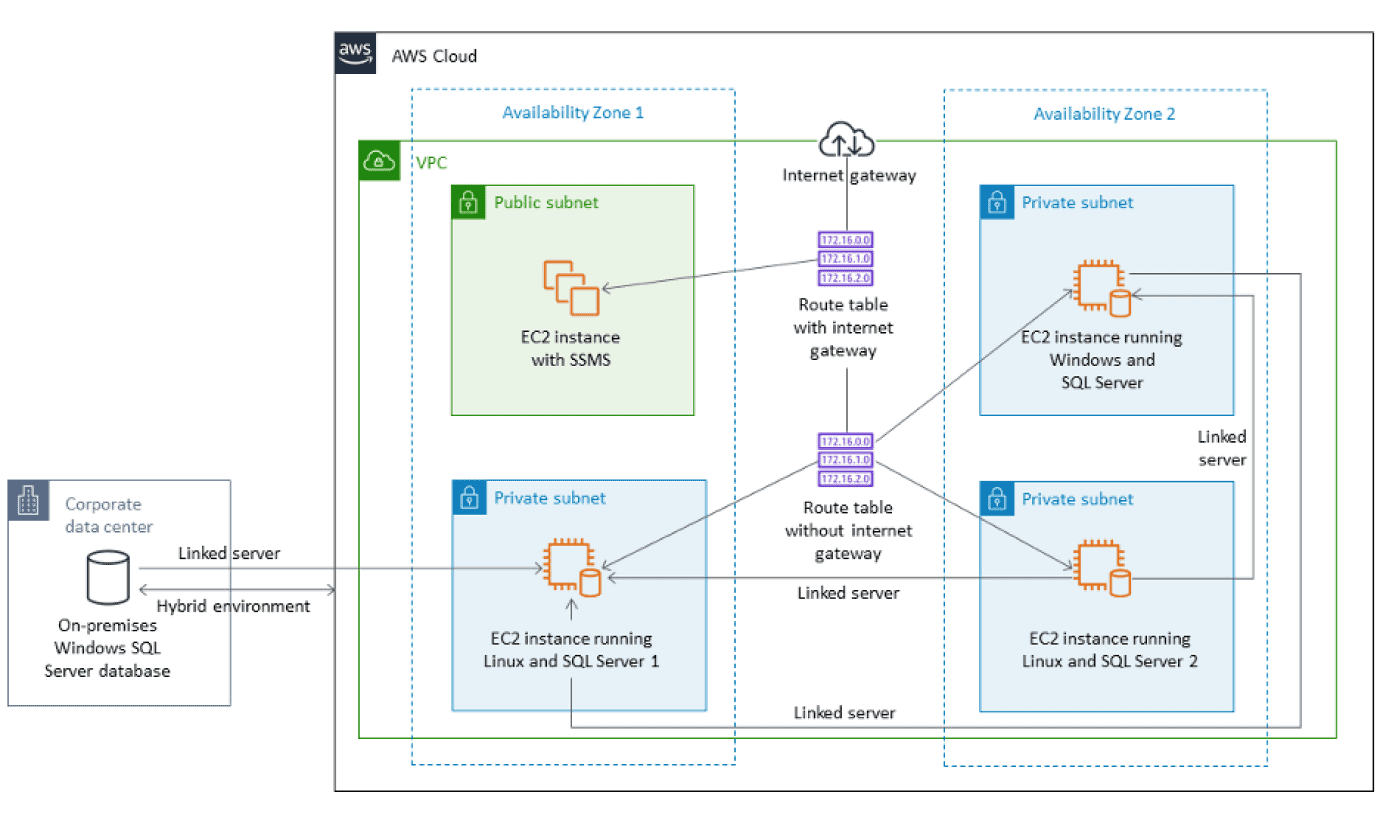
Advantages
- Having a remote backup policy to prevent disastrous incidents at local office will lose all valuable tests data.
- Sharing data with remote teams.
Disadvantage
- Due to network latency between office to cloud service provider, there is a potential risk of data inconsistency between local and off-side servers.
- Difficulty managing data synchronization between Local and Remote.
On-Cloud database service setup
Using RDS (Relational Database Service) on cloud reduces cost and management compared to your own hosting environment. However, there is no replication feature between Loca Database and RDS.
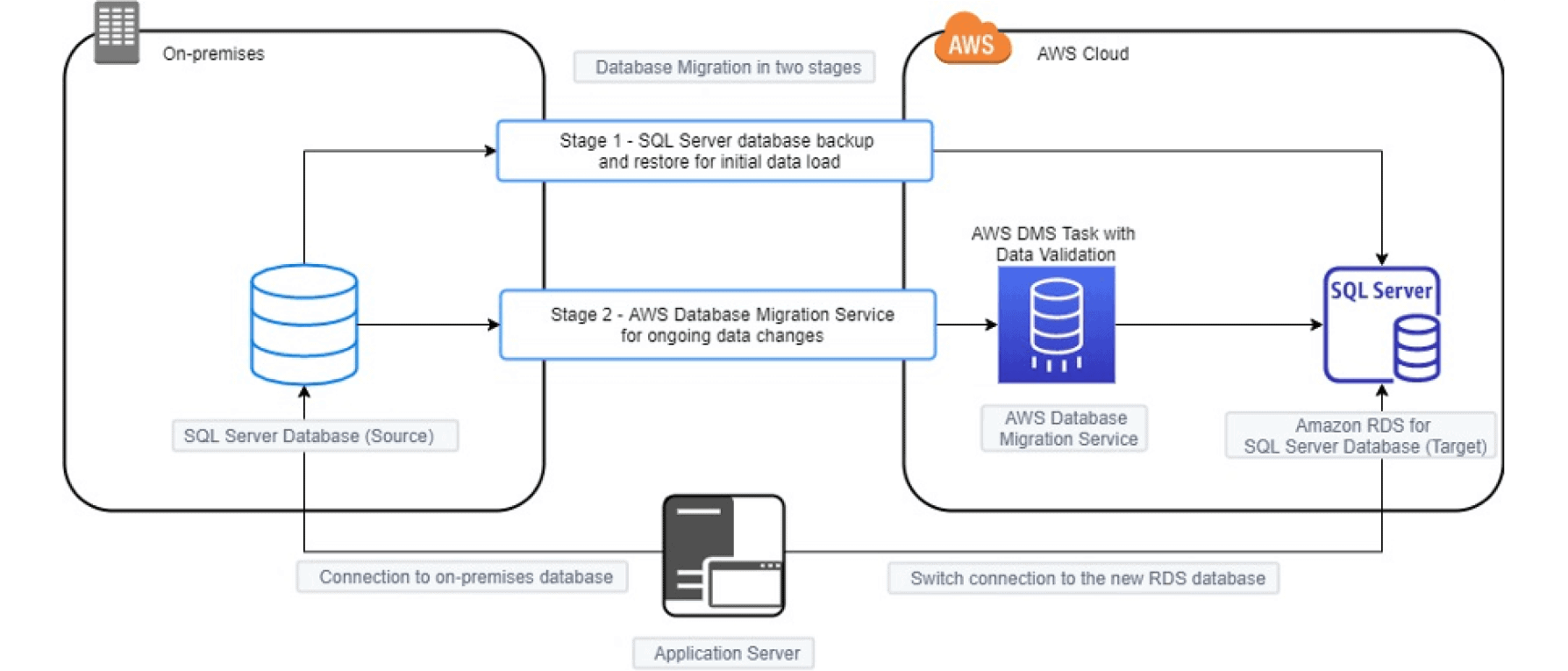
Data Logging Performance
Insertion/Query Rate Comparison
Arbin data point takes 10 bytes in size, which contains two floats (1byte per float number) and two unsigned char (4 byte per char) which adds up to 10 bytes.

